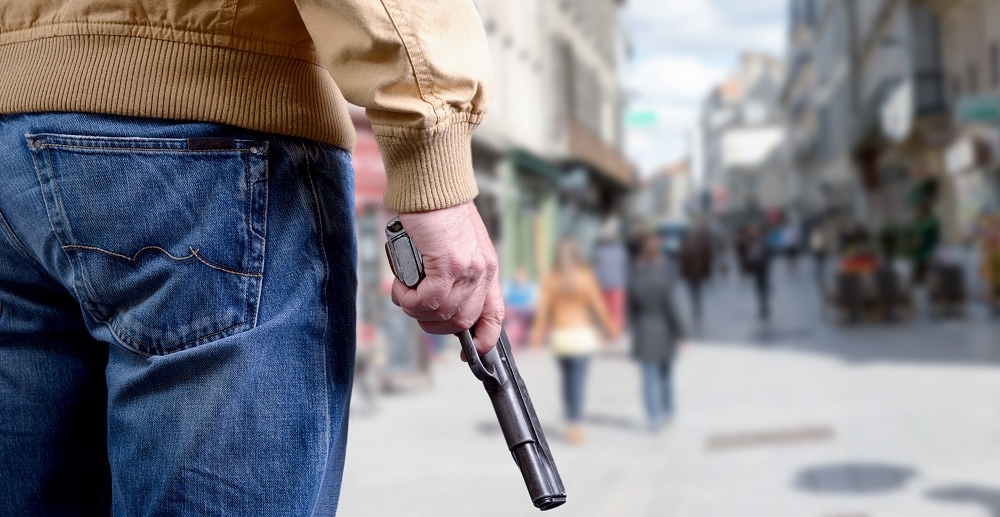When we discuss the doctrine of Run/Hide/Fight as it relates to surviving an active shooter event, we typically discuss the Run option first. In my mind, running is frequently the best option. It is the easiest to implement and the one that is both most instinctual and effective when incorporated properly. With those last two words being operative.
Let’s take a look at what running from an active killer/shooter really entails. Like so many things, running from danger is best planned out before the need arises. This requires a few things like situational awareness and pre-planning for maximum likelihood of success.
Situational awareness is the ongoing process of being acutely aware of both your surroundings, and the people with whom you share the environment. By constantly checking in, you are less likely to be surprised, and thus suffer from the lag time associated with disbelief and denial. A quick survey of any room you enter is a good start. Look around for both exits, and people who “register” with you. Trust your instincts. If there are people in the room or area who make you uncomfortable, consider what your real needs are as they related to having to actually enter that space.
Make a note of the exits and associated landmarks. There is a possibility that your first choice of egress might be either blocked by crowds of poor planners, or inaccessible for some other tactical reasons. Also keep in mind, lighting may be reduced, such as in a theater. What a place looks like with good lighting, might present a new set of challenges with less than optimal lighting. Also keep in mind that if you are with your family, make sure they either precede you through the exits, or leave concurrent with you. Some locations will have self-locking doors. Once you go through that door, you will not have the ability to get back into the space. Imagine the nightmare of running through a door, expecting your family to be right behind you, only to discover they are now on the other side of a door you cannot open.
Consider alternative methods of exiting. Windows make excellent impromptu doors provided they can be broken. A chair or fire extinguisher can often make short work of common windows, provided they are struck properly. Hitting a window dead center might not have the desired result. Windows actually have some flexibility and may simply flex with the blow, possibly even causing the striking object to bounce back into you. Not ideal. Striking a window in the lower corners, where the window is most supported by the frame will likely have the best results. Be aware of the falling glass. It doesn’t do to break the window only to be cut down on the way through. Use the striking object to “round” the window by running it around the frame, removing loose glass and major cutting hazards. We used to call this “Break and Rake” in the world of SWAT. Break the window and rake the debris.
Abandon your belongings. There is no reason to waste valuable time gathering your backpack, cellphone or other items if such time is better spent fleeing. I’m confident there is nothing in your briefcase or purse that is worth your life or safety.
As you flee, warn others who might not be aware of the danger, or are frozen in fear. Grab them physically if need be to compel them to action. If you run past a fire alarm, consider activating it on the way to safety. Exit through any door. Alarmed doors are designed for just this kind of event. Don’t be shy. Open the door, allow the alarm to ring and go.
If you hear the suspect shooting, or believe rounds fired from a gun are being aimed towards you, do what trained soldiers do, run in a zig zag pattern. It is difficult to shoot a moving target. It is even harder to shoot one moving in an irregular pattern.
Finally, once you have escaped danger, re-consolidate. Contact law enforcement and rescue personnel and let them know where you fled from and who you are. If you have your cellphone, reach out to a family member or friend who you know if not on scene. Let them know you are okay so if others are looking for you, they can get confirmation that you are alright.
Even a hasty plan, made moments before the incident, can be all you need to save yourself and your family.
About the writer
Mike Lazarus
Military and Law Enforcement Veteran
FBI certified firearm instructor
MP5 and Sub Machine gun instructor
Defensive tactics instructor


